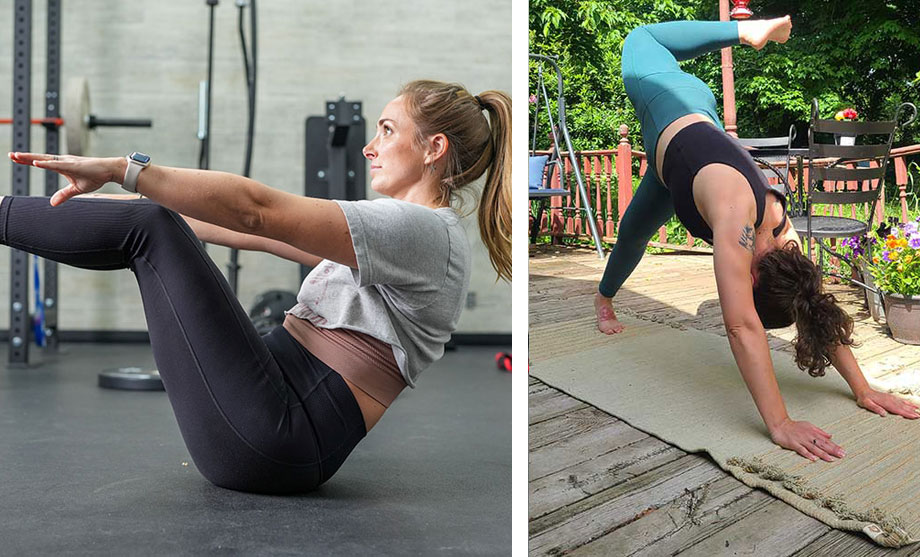We test and review fitness products based on an independent, multi-point methodology. If you use our links to purchase something, we may earn a commission. Read our disclosures.
Pilates and yoga are both excellent workouts that require little equipment, can be done at home, and even used as a secondary treatment for certain health conditions, like chronic lower back pain1.
RELATED: How To Do Pilates
As a longtime yoga practitioner, Pilates enthusiast, and yoga teacher, I’m going to walk you through some of the key similarities and main differences between these two workouts to help you decide which practice is best for you.
Pilates vs Yoga: Similarities
Let’s start by looking at the things that make these two forms of exercise similar. Both yoga and Pilates:
- Are low-impact workouts
- Use breathing techniques to complement the movements
- Help build better core strength
- Can help increase overall strength
- Use body weight as resistance
- Can be appropriate for all skill levels
- Have multiple health benefits, both physical and mental
- Require little specialized equipment to get started—all you need is an exercise mat!
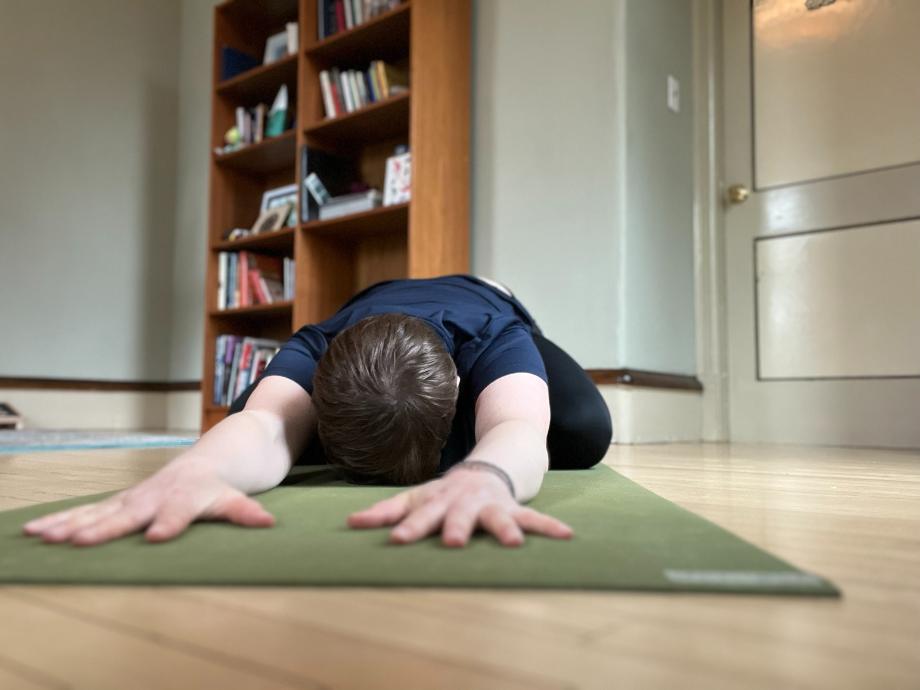
Pilates vs Yoga: Differences
Now let’s pull out some key differences between these two practices:
- Pilates comes from a single creator, German fitness enthusiast Joseph Pilates, who immigrated to the United States after World War I. Yoga comes from an ancient spiritual practice developed in ancient India that has grown into a variety of different styles.
- Pilates is a physical practice. Yoga has both physical and spiritual components.
- Pilates occasionally uses highly specialized equipment patented by Joseph Pilates himself. Yoga rarely requires equipment. You can even substitute yoga accessories with items around your house, like pillows and books in place of yoga blocks.
- Pilates consists of fluid exercises focused on strength, posture, and control. Yoga consists of a series of “asanas” or yoga poses that promote mindfulness, flexibility, and mental well-being.
Benefits of Pilates
Pilates is an excellent way to build muscle, increase body awareness, and increase core strength. While you can opt to use a reformer and take Pilates classes with a certified Pilates instructor, you can also do a Pilates workout at home with very little equipment, making it highly accessible to a wide range of fitness levels.
Provides a Full-Body Workout
Pilates workouts often focus on your core muscles, or what Joseph Pilates called “the powerhouse,” but don’t let that fool you. Pilates workouts include all muscle groups and offer a full-body, low-impact workout.
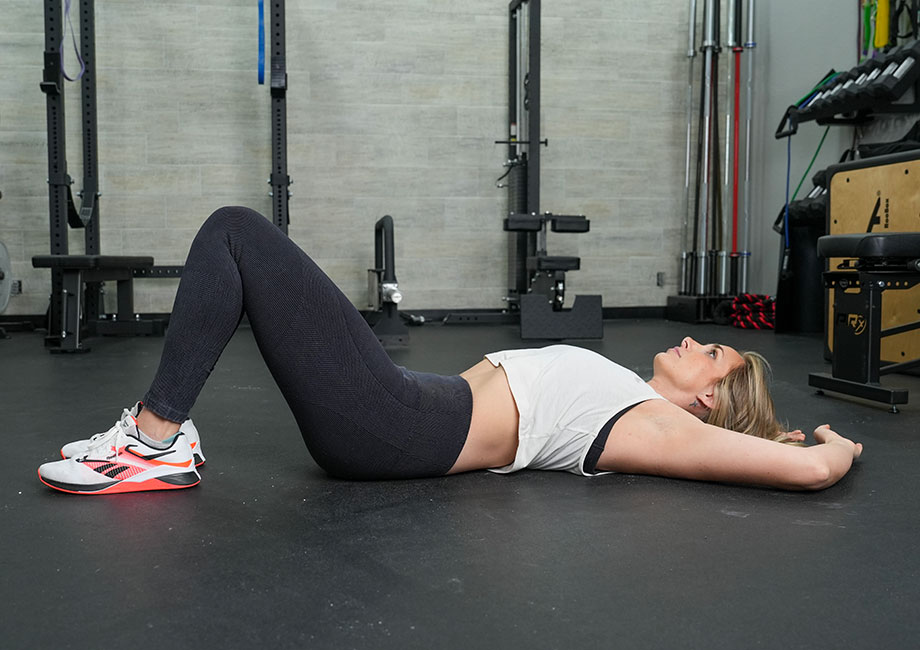
RELATED: How To Do The Pelvic Tilt Exercise
Helps Increase Your Body Awareness
Pilates requires a level of focus and precision that many of the most practiced fitness buffs may not be accustomed to. This high level of musculature control leads many Pilates practitioners to find they have more stability, power, and balance in both their gym endeavors and their day-to-day lives.
Helps Improve Your Posture
A tall and proud posture presents confidence to everyone you meet. With strengthened core muscles, particularly in the lower back, regular practitioners of Pilates stand like royalty. A study in the Journal of Physical Therapy Science2 also found that those who participated in an exercise program for posture correction experienced less shoulder, mid- and -low-back pain after eight weeks. This is also excellent news if you sit at a desk for the majority of your day.
RELATED: Best Pilates App
Drawbacks of Pilates
For all the benefits of Pilates, no one workout is perfect for everyone. Pilates may not be for you if the following drawbacks are deal breakers:
Can Be Challenging for Beginners
Pilates challenges your core strength at every level, which means that if you’re a fitness beginner and you’re working to start building muscle, Pilates could be too challenging as a starting point. The best workout is the one you like doing and will keep doing—so accessibility is important.
The Reformer is Intimidating
Newcomers to Pilates may take one look at the Reformer and slowly back out the door and run. While there are plenty of mat Pilates exercises, if you practice Pilates for long enough, you may want to consider investing in a Pilates reformer machine, which is expensive and can take up a lot of space.
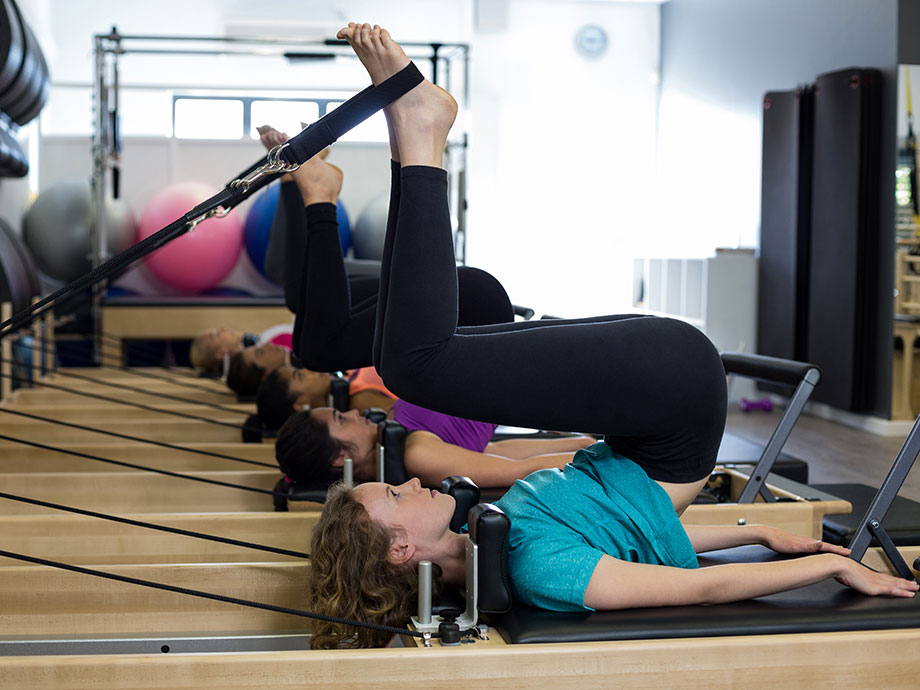
Benefits of Yoga
Yoga has many benefits: it requires no specialized equipment, improves your mind-body connection3, and can be great for your mental health. Here are some specific benefits of a regular yoga practice:
There Are Many Types of Yoga
From higher-intensity hot yoga with vinyasa sequences that can challenge even the most advanced fitness levels to slower Restorative yoga and Yin yoga, there’s a style of yoga for everyone. Both beginners and experts at all fitness levels can choose a starting point that best suits their needs.
It’s Accessible to All
Because yoga has been around for so long and practiced by so many, the accessibility of the practice is hard to beat. You can do your entire yoga session sitting in a chair, opt for a gentle slow-flow class, or get your butt kicked with a rigorous Vinyasa yoga class. These different levels are also great for those looking for a physical practice as they recover from an injury.
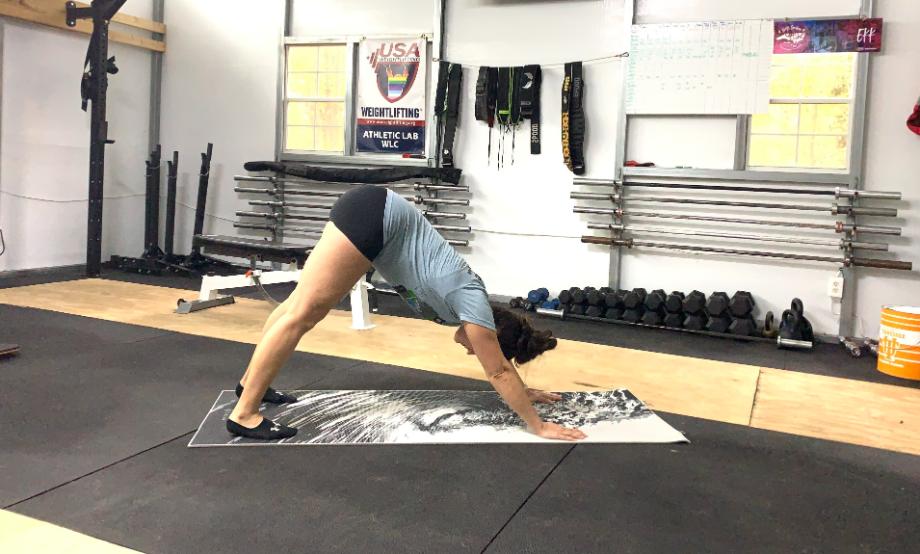
Can Help Improve Your Mind-Body Connection
Yoga poses require you to make specific shapes with your body, which you often return to throughout the practice, helping you learn the spatial relationship of your body to the space you occupy. This kind of physical awareness of where your body is in space (or proprioception), translates to understanding your physical body in space off the mat, too.
Drawbacks of Yoga
While the benefits of yoga are many, not everyone will connect with this practice. Here are a few reasons yoga may not be the right fit for you:
Where to Start?
Hatha, Iyengar, Yin, Restorative, Ashtanga…while the many forms of yoga offer many options, there is such a thing as too many choices! It can be a challenge to find the type of yoga that resonates with you and your needs, and trying every single option can be intimidating and take a lot of trial and error.
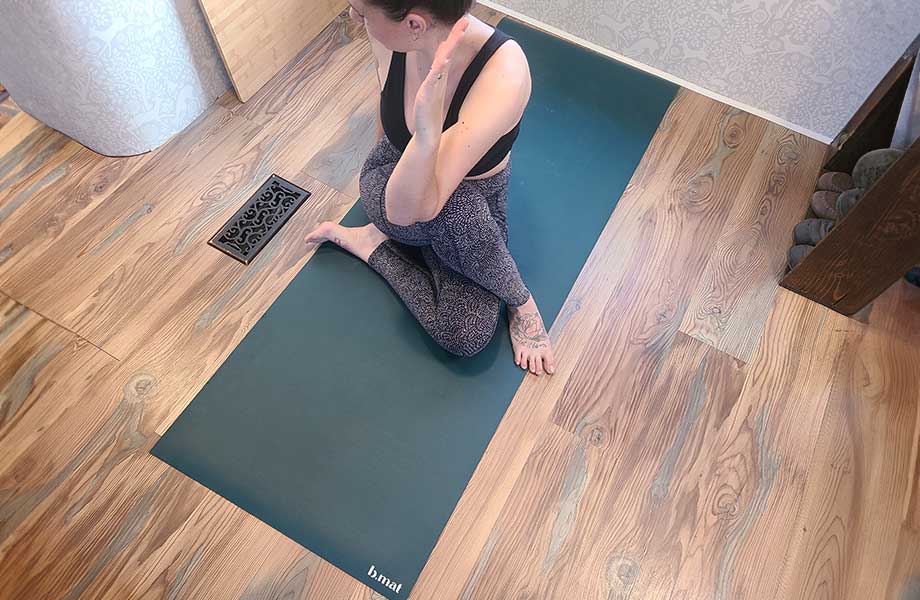
Results Take Time
Many yoga practitioners consider yoga a lifelong practice because the positive effects—both mental and physical—can take time to see and feel. If you’re looking for a “get fit quick” workout, yoga may not be for you.
Pilates vs Yoga: Which Should You Do?
Pilates and yoga have many health benefits, can help alleviate low back pain by strengthening your core muscles, and are low-impact exercises. The one that’s best for you will depend on what you’re looking for in a workout.
If you’re very new to fitness and regular exercising, my expert recommendation is to try a slower form of yoga to start and see how you like it.
Pilates vs Yoga: Final Thoughts
The main difference between yoga and Pilates is that yoga is a term that refers to a vast array of different kinds of physical and spiritual practices, while Pilates is a single, specific form of exercise. However, both exercises have been shown to help treat chronic pain, lower blood pressure4, and improve overall well-being.
Pilates vs Yoga: FAQs
Which is better for you, Pilates or yoga?
Pilates and yoga both offer many health benefits. The practice that will be best for you is the one you’re excited to do most frequently!
Should I do yoga or Pilates first?
If you haven’t tried either, I’d recommend starting with yoga for a few sessions to see how the yoga practice sits with you.
Does Pilates tone more than yoga?
This depends on the type of yoga you’re practicing. A hot yoga vinyasa class will likely offer just as much all-over muscle tone as a regular Pilates practice, but a Restorative or Yin yoga class will not.
Which is better for anxiety, yoga or Pilates?
Any workout may help alleviate some generalized anxiety. Yoga, in particular, can offer a wide array of tools to help manage anxiety by helping your body transition from the sympathetic (aka fight-or-flight) to the parasympathetic nervous system5 through breathwork, breathing exercises, and other forms of meditation.
References
- Sorosky S, Stilp S, Akuthota V. Yoga and pilates in the management of low back pain. Curr Rev Musculoskelet Med. 2008 Mar;1(1):39-47. doi: 10.1007/s12178-007-9004-1. PMID: 19468897; PMCID: PMC2684152.
- Kim D, Cho M, Park Y, Yang Y. Effect of an exercise program for posture correction on musculoskeletal pain. J Phys Ther Sci. 2015 Jun;27(6):1791-4. doi: 10.1589/jpts.27.1791. Epub 2015 Jun 30. PMID: 26180322; PMCID: PMC4499985.
- Littrell J. The mind-body connection: not just a theory anymore. Soc Work Health Care. 2008;46(4):17-37. doi: 10.1300/j010v46n04_02. PMID: 18589562.
- Woramontri C, Chaunchaiyakul R, Yang A-L, Lin Y-Y, Masodsai K. Effect of Mat Pilates Training on Blood Pressure, Inflammatory, and Oxidative Profiles in Hypertensive Elderly. Sports. 2024; 12(5):120. https://doi.org/10.3390/sports12050120
- Woodyard C. Exploring the therapeutic effects of yoga and its ability to increase quality of life. Int J Yoga. 2011 Jul;4(2):49-54. doi: 10.4103/0973-6131.85485. PMID: 22022122; PMCID: PMC3193654.
Further reading

In our NordicTrack A.C.T. Elliptical review, we break down the specs of this machine and offer alternatives. Read more

Does one dumbbell shape get you into shape any faster than another? We break down common dumbbell shapes in search of answers! Read more

Looking for an Oura Ring discount? We’ll tell you how to find the best possible price on this fitness tracker ring. Read more

Stuck on BCAAs vs pre-workout? Do you even need to choose between sustained or explosive energy during your training sessions? A dietitian helps you decide. Read more

